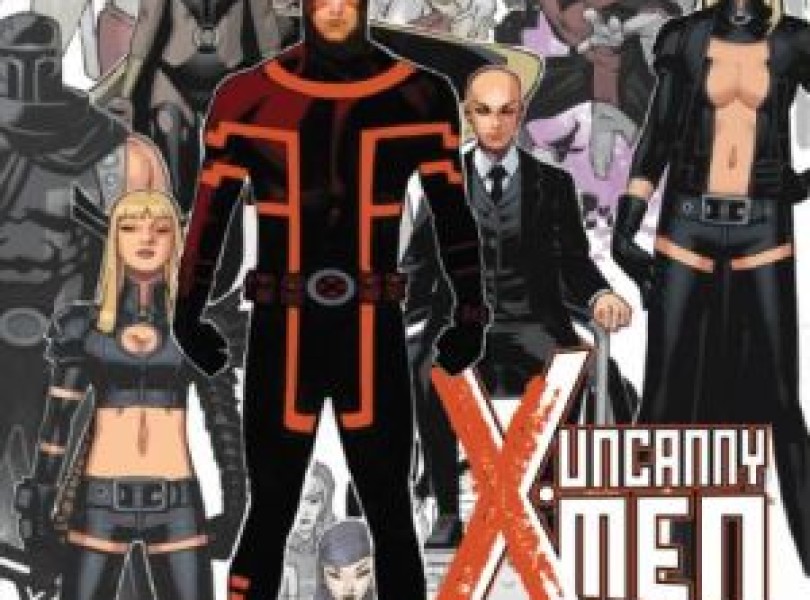A belated series finale.
Uncanny X-Men #600 serves as the finale to Brian Bendis’ runs on both All-New X-Men and Uncanny X-Men. Had everything gone according to plan, this issue wold have hit the stands half a year ago, tying up all loose ends before Secret Wars swooped in to remake the Marvel Universe. Instead, Marvel left fans waiting and stewing an extra six months, wondering just what dramatic plot twists or character revelations might be contained within these pages. The truth is that UXM #600 isn’t a particularly dramatic or exciting issue. It offers a very quiet conclusion to Bendis’ X-Men saga, a fact that makes the long delay all the more puzzling.
It’s fitting that Bendis brings his story full circle for this issue. Just as All-New X-Men #1 opened with a distraught Beast reaching back in time to pull the original X-Men forward, this issue sees him forced to answer for his mistakes and decisions. Ostensibly, this is the fateful “Trial of Henry McCoy” that Bendis alluded to in earlier stories, though one exchange does cast some doubt on the matter. And even as Beast deals with his X-Men intervention, a number of interlude scenes focus on wrapping up various loose ends.
Bendis is known for his snappy, David Mamet-esque dialogue. The problem is often that this approach often flounders when there are more than a few characters in a scene, as this issue illustrates. There’s a bland uniformity to the dialogue for much of Beast’s “trial.” Many characters chime in during the course of the conversation, and their individual voices merely blend together. It’s never a good sign when you can swap word balloons from one character to another and not miss a beat. Worse, there’s little tangible story progress from all the focus on Beast, apart from this issue adding a little more context to his presence in Uncanny Inhumans.

Most of the memorable material in this issue is contained in the various interlude sequences. The highlight there is easily Cyclops’ big public display. If this issue doesn’t redeem Cyclops for his recent misdeeds, it at least reaffirms him as the figurehead of the new mutant revolution. There’s also a memorable scene involving the young Iceman confronting his older self about their repressed sexuality. It does seem like Bendis missed some potential by not outing Bobby sooner and having the two versions of the character grapple with the issue over a longer period of time. Even so, this issue wraps up that conflict nicely. And for Colossus/Illyana fans, there’s a heartwarming scene that strikes a very different tone from their previous meeting at the end of Kieron Gillen’s Uncanny X-Men series. The only interlude that falls flat involves the debut of a forced, last-minute romance.
This issue features a huge lineup of artists, all of whom have collaborated with Bendis on his X-Men books at one point or another. Sara Pichelli illustrates the main trial sequence, doing her best to bring her usual warmth and vitality to a scene that otherwise feels pretty lifeless. The transition from one artist to the next is pretty natural given the structure of the story, and the various artists are employed where their styles are best suited. For example, Chris Bachalo handles the Cyclops scene, Mahmud Asrar the Iceman scene and so forth. Visually, at least, this issue is able to cap off Bendis’ run on an eclectic and exciting note.
There’s nothing inherently wrong with the idea of a quiet, low-key conclusion to Brian Bendis’ multi-year X-Men saga, as long as there’s enough quality character work to go around. Unfortunately, that character work only comes in spurts as this issue touches base with various mutant heroes and welcomes a smorgasbord of talented artists to have one last hurrah with the X-Men. The main storyline is dull, uneventful and plagued by bland, interchangeable dialogue. This issue doesn’t accomplish what it needed to in terms of bidding farewell to one X-Men era and ushering in the next.



